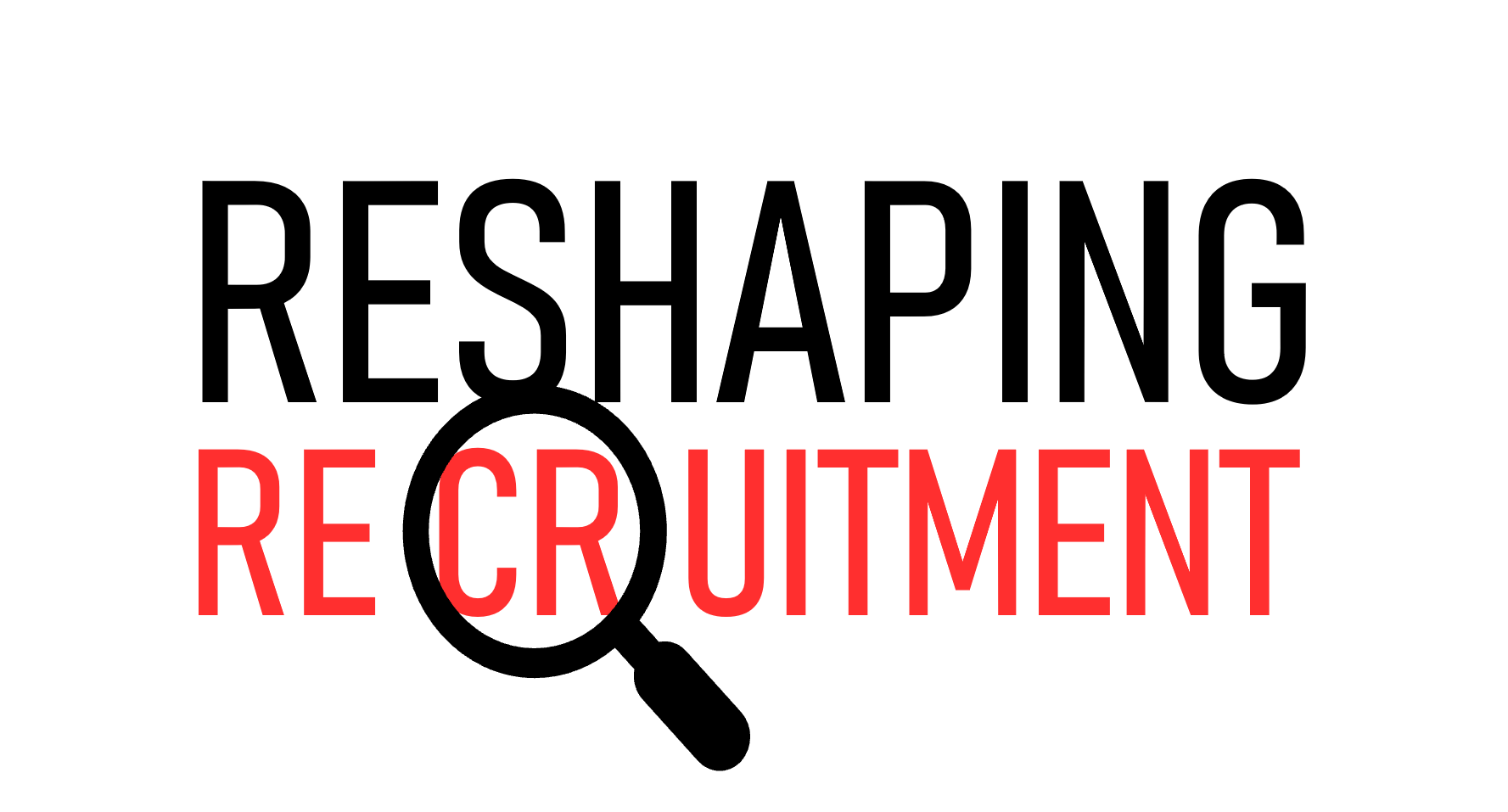
Microsoft's Secret AI Makes Small Businesses Unstoppable
Microsoft's Secret AI Makes Small Businesses Unstoppable
Microsoft just changed the AI game forever, and most businesses have no idea what's really at stake. Their new in-house AI models aren't just competing with OpenAI and Anthropic – they're about to democratize AI in ways that will transform how you run your business.
I've spent over 5 years implementing AI in recruitment and sales processes. I've made every mistake possible so you don't have to. Now I'm going to tell you what Microsoft's AI revolution actually means for your business – especially if you're not a corporate giant with unlimited resources.
The Secret Microsoft Doesn't Want Big Tech To Know
The real story behind Microsoft's new AI models isn't about competing with OpenAI. It's about making advanced AI accessible to businesses of all sizes.
This is the great equalizer.
For too long, AI has been the playground of tech giants with massive data centers and armies of engineers. Microsoft is changing that. Their new models are designed to work within existing business infrastructure, making them accessible to companies without specialized AI teams.
The truth is that small and medium enterprises stand to gain the most. While the tech giants fight for marginal improvements in AI capabilities, you can now implement tools that were unthinkable just months ago.
I've seen small logistics companies implement AI solutions that deliver insights rivaling those of industry leaders. The playing field is leveling, and the advantage goes to the agile, not necessarily the biggest.
My Million-Dollar AI Disaster
Before you rush to implement these new Microsoft models, let me share a painful lesson.
Three years ago, I fell into the trap that snares most businesses: I overestimated what AI could do on its own and underestimated the human element.
I invested heavily in AI recruitment tools, expecting them to transform our hiring process overnight. The AI could screen resumes 200 times faster than humans. It could schedule interviews automatically. It could even predict candidate success based on historical data.
It was a spectacular failure.
Why? Because I treated AI as a replacement rather than an enhancement for human capabilities. The tools generated data that nobody knew how to use. They made recommendations that nobody trusted. They created efficiencies in processes that nobody had redesigned.
The brutal lesson: AI is a sophisticated tool, but still just a tool. The value isn't in the technology itself but in how you integrate it with human judgment.
Why Your Employees Are MORE Valuable in the AI Era
Everyone's panicking about AI replacing workers. They've got it backward.
Microsoft's new AI models actually make your human employees more valuable, not less. Here's why:
First, these tools eliminate the mundane tasks that waste human potential. Your team members can focus on what humans do best: building relationships, exercising judgment, and thinking creatively.
Second, they amplify human capabilities. Imagine each employee equipped with AI that provides real-time data analysis, pattern recognition, and predictive insights. They become "super employees" – able to make better decisions faster.
Third, they create entirely new roles that never existed before. Every technological revolution has ultimately created more jobs than it eliminated. The key is adaptation.
I've seen customer service representatives transform into relationship managers when AI handled routine inquiries. Their jobs became more fulfilling, and customer satisfaction skyrocketed.
The companies that thrive won't be those that replace humans with AI, but those that create powerful human-AI partnerships.
The Super Employee Formula
Creating "super employees" with Microsoft's AI isn't theoretical – it's a practical process I've implemented dozens of times. Here's the formula:
Start with clear objectives. What specific problems do you want to solve? What efficiencies do you hope to create? AI implementation without clear goals is just expensive experimentation.
Invest in skill development. Your team needs both AI literacy and enhanced soft skills. The technical aspects of working with AI can be taught; the uniquely human skills must be cultivated.
Redesign workflows from scratch. Don't just plug AI into existing processes. Reimagine how work gets done when humans and AI each focus on their strengths.
Foster a collaborative culture. AI should be seen as a team member, not a threat. Encourage experimentation and celebrate successes where human-AI collaboration creates breakthrough results.
Measure what matters. Track not just efficiency metrics but also the quality of decisions, employee satisfaction, and customer experience. The true value of AI emerges in these areas.
I recently helped a trucking company implement this approach. Their recruiters now process 3x more applications with 2x better quality hires. The AI handles screening and initial engagement, while humans focus on assessment and relationship building. The result? A competitive edge in a tight labor market that their larger competitors can't match.
How Small Businesses Can Finally Beat The Giants
Small businesses often feel they can't compete with big tech's AI resources. They're wrong.
The most controversial advice I give small business owners: Your size is actually your advantage in the AI era.
Here's how to use Microsoft's new models to punch above your weight:
Master your data, not its volume. You may not have the data volume of giants, but you can have superior data quality. Organize and refine your business data to fuel AI with precision.
Focus on hyper-personalization. Use AI to deliver personalized experiences that mass-market giants cannot match. The future belongs to businesses that treat each customer as unique.
Leverage ready-made solutions. Microsoft provides AI solutions that are pre-built yet customizable. You don't need to invest in developing AI from scratch.
Form strategic partnerships. Collaborate with other small businesses to pool data and resources. Collective intelligence can rival even the largest competitors.
Be agile in implementation. Your ability to pivot quickly is something large corporations envy. Use this agility to experiment, innovate, and rapidly implement AI insights.
I've seen a three-person marketing agency use these strategies to win accounts from agencies ten times their size. They weren't just competing – they were outperforming the giants by being faster, more personalized, and more innovative in their AI applications.
The Dangerous Blind Spot Nobody's Talking About
There's a hidden danger in Microsoft's AI revolution that could backfire spectacularly on unprepared businesses: data management and ethics.
Most companies rush to implement AI without ensuring their data is clean, complete, and relevant. Poor data quality leads to unreliable outputs and potentially disastrous decisions.
Even worse is the ethical dimension that nobody wants to discuss. AI systems inherit biases from their training data. Without proper oversight, these biases can lead to discriminatory outcomes in hiring, customer service, and other critical areas.
The companies that ignore these issues face more than just ineffective AI – they risk reputation damage, legal consequences, and erosion of customer trust.
Protect yourself by implementing strong data governance practices, regular algorithmic audits, and human oversight of AI-generated decisions. These safeguards aren't just responsible – they're competitive advantages in an increasingly scrutinized AI landscape.
The First 30 Days of Your AI Transformation
If you're ready to transform your business with Microsoft's AI models, here's your roadmap for the first month:
Week 1: Identify specific objectives and gather your current data. Ensure it's clean, relevant, and actionable for AI integration.
Week 2: Select Microsoft AI tools aligned with your needs and launch a small pilot program. Test the systems in a controlled environment before scaling.
Week 3: Train your team not just on using the tools but on collaborating with AI effectively. Foster a culture that embraces this new partnership.
Week 4: Monitor results closely, gather feedback, and make necessary adjustments. Optimization is an ongoing process, not a one-time event.
What results can you expect? Within the first month, you should see noticeable efficiency gains, improved data insights, and early signs of enhanced decision-making. The full transformation takes longer, but these early wins build momentum and confidence.
One retail client saw a 27% reduction in inventory costs within weeks of implementing AI-driven demand forecasting. The return on investment was nearly immediate.
The Winners and Losers Five Years From Now
Looking ahead five years, the business landscape will be dramatically reshaped by Microsoft's AI revolution.
The biggest winners will be agile small and medium enterprises that embrace AI integration and align it with strategic goals. They'll use AI to level the playing field, gaining insights and efficiencies previously accessible only to larger corporations.
Forward-thinking corporations that foster human-AI collaboration will thrive, seeing improvements in operations, employee satisfaction, and customer engagement.
The losers? Traditionalist organizations resistant to change and failing to invest in AI will find themselves outpaced by more adaptive competitors. Resource-intensive enterprises relying on manual processes and inflexible infrastructures will struggle to pivot quickly enough.
The future belongs to businesses that see AI not as a replacement for human workers but as a powerful partnership that amplifies human potential. Those who master this balance will emerge as leaders in an economy transformed by artificial intelligence.
The Microsoft AI revolution isn't just another tech development – it's the democratization of capabilities that will transform how we work. The question isn't whether your business will be affected, but whether you'll be a leader or a follower in this new era.
The tools are here. The opportunity is now. Don't just adapt – thrive.Start here

